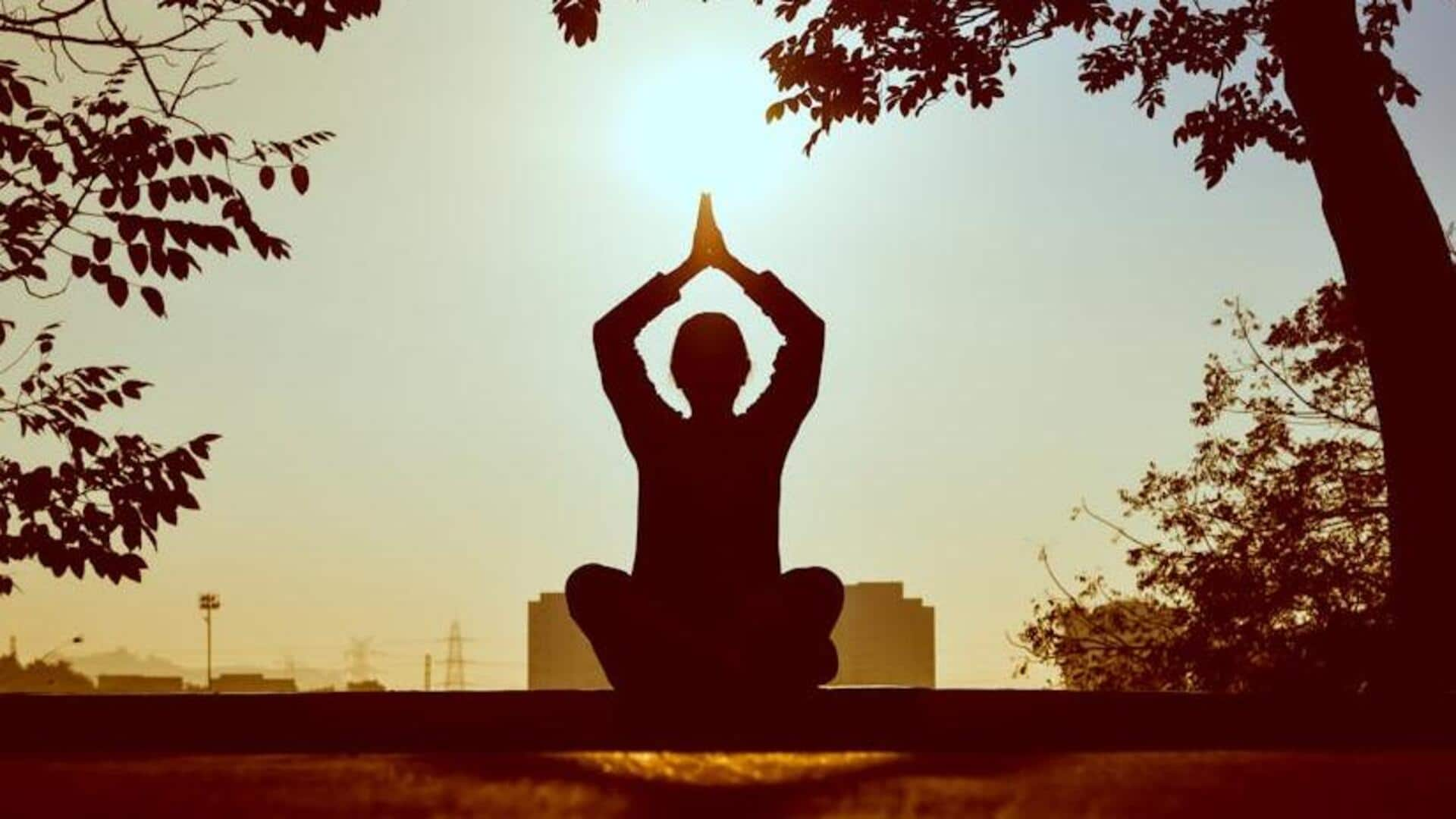
Swimming v/s yoga: Which is better for your respiratory health?
What's the story
Swimming and yoga are two widely followed activities known for their health benefits, especially when it comes to respiratory health.
Both practices provide unique benefits that can help improve lung capacity, breathing efficiency, and overall well-being.
Here are the specific ways swimming and yoga can help you improve your respiratory health, and how each practice can be beneficial.
Drive 1
Swimming's impact on lung capacity
Swimming is an aerobic exercise that requires you to control your breathing patterns.
The resistance of water ensures that you take deeper breaths, which can increase your lung capacity overtime.
Regular swimming sessions help strengthen the respiratory muscles, resulting in improved oxygen intake and utilization.
Studies suggest swimmers often have better lung function than non-swimmers due to this enhanced breathing technique.
Drive 2
Yoga's role in breathing efficiency
Yoga also has a strong focus on deep breathing techniques called pranayama.
These exercises aim to control breath flow and rhythm.
They make the respiratory system more efficient by increasing the exchange of oxygen in the lungs.
Regular practice of yoga can improve your breath control, reduce stress levels, and help manage respiratory conditions like asthma.
Drive 3
Comparing cardiovascular benefits
Both swimming and yoga provide cardio benefits, which indirectly help the lungs.
Swimming is a high-intensity workout that increases heart rate and ensures circulation, delivering oxygen efficiently throughout the body.
Yoga, meanwhile, gives a more moderate cardio workout but is much better at reducing stress-induced inflammation which can impact how the lungs function.
Drive 4
Accessibility and adaptability of practices
Swimming necessitates access to a pool or open water, which may not be feasible for everyone all year round, or due to geographical limitations.
However, yoga is extremely versatile; it can be performed anywhere with little to no gear required-a mat is enough for most routines- making it accessible regardless of location or climate.